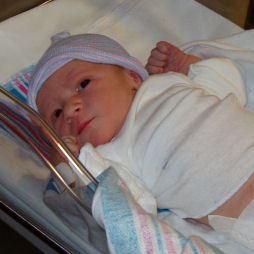Hi codered.
You're in for the long haul - but that's something we simmers do, huh! There's nothing like experience, and you'll develop your own style of FD editing.
The tools are really basic - AirEd for the .air file (not used very often!), Notepad for the .cfg file (used a lot) and brain (used and confused all the time)! A basic understanding of the thrust/lift/drag relationship is useful too. If you look at how others have constructed their dynamics by looking at the files, it all begins to make sense after a while.
The way I do it is to start with a basic .air file for the approximate size and type of plane you want. Normally I don't alter it much (too many unknowns!) but change the parameters in the .cfg file instead.
Normally, things like balance point and weight define how (and whether) the plane sits on the tarmac properly. Contact points define where the undercarriage etc. touches the ground - and so on. The best way to learn is to do it, and ask if you need help with something.
I practised by putting together FDs for all of the B737 series, as their weights, fuel capacities, ranges etc. are all different using as much real information I could Google. A good source for Boeings for example is
www.boeing.com which has a lot of the specs you'd need. For the ones that aren't there, there are other sites like
www.airwar.ru (a site in Russian, but the specs are in English) or
www.aerospace-technology.com. Then it's suck it and see.
Some people out there make the mistake of thinking you can plug the real figures in and that's all there is to it - there are some dogs out there masquerading as airliners with this kind of feature. Once the figures are in, that's where the tuning (and a lot of the fun) comes in to make your plane fly in a manner that's a reasonable PC facsimile of the real plane.
Difficult with 7E7s or A380s that haven't flown yet, of course!
Good luck!











 I am armed with knowledge and I'm dangerous!
I am armed with knowledge and I'm dangerous! 




